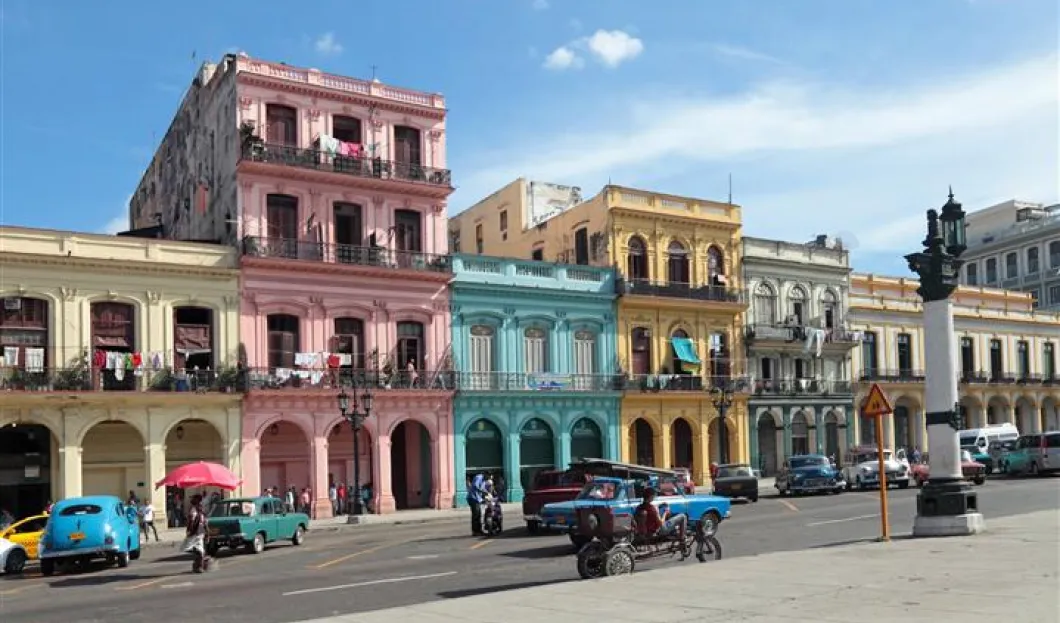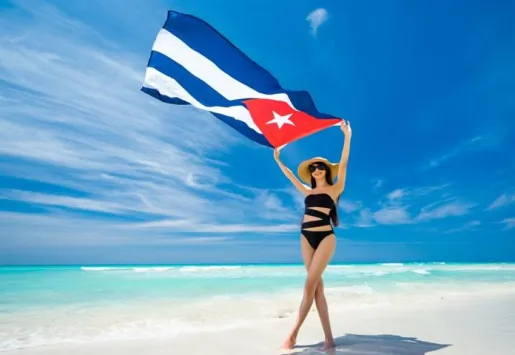
The special licenses approved by President Barack Obama, allowing US citizens to travel to Cuba, have had a significant effect on the increase of US travelers to the island. In the first half of the year the number of US tourist visits grew by 61.2%.
The National Bureau of Statistics and Information (ONEI) reported that visitors from the United States became the third largest group of incoming visitors to Cuba, after Canadian tourists and the Cuban community overseas.
The huge growth of US citizens who travel to Cuba is no surprise. Since the re-establishment of the relations between the two countries and after Obama approved 12 categories of travel to Cuba, the presence of Americans on the streets has been growing.
Tourism is forbidden for Americans because of the trade embargo that the United States has maintained against Cuba since the 1960s, but Obama, in addition to the 12 categories, has authorized trips made on an individual basis without the need of group travel, and this has eased the red tape.
People can travel to Cuba without any permission to visit their family, as a relative accompanying a traveler who has family in Cuba, for journalistic purposes, for professional or educational research, professional meetings or conferences, educational activities or exchanges, religious activities, sports, to provide various kinds of support to the Cuban people, and humanitarian projects among other categories.
Thousands of US citizens have taken advantage of these categories to come to the country as visitors and engage in "disguised tourism."
The increase is occurring even though direct flights by commercial US airlines are only starting with a Jet Blue flight from Fort Lauderdale arriving in Santa Clara. This flight will be followed by other carriers such as American Airlines.
The increase in travel to Cuba has enabled the country, according to information published by the official media, to report a rise of 11.7% compared to the first half of 2015, amounting to a total of 2,147,919 visitors in the first six months of the year. That figure represents a new record, with 25,895 more holidaymakers coming to the country than for the same period in 2015, which was unprecedented.
Canada was still the main source market for Cuba, but it recorded a slight reduction caused by the devaluation of the Canadian dollar, according to the Tourism Ministry (MINTUR).
Another country that recorded soaring growth in the first half of the year was Germany, whose presence grew by 69.2%. The Cuban government attributes the increase to the entry of new German airlines Air Berlin, Condor and Eurowings.












